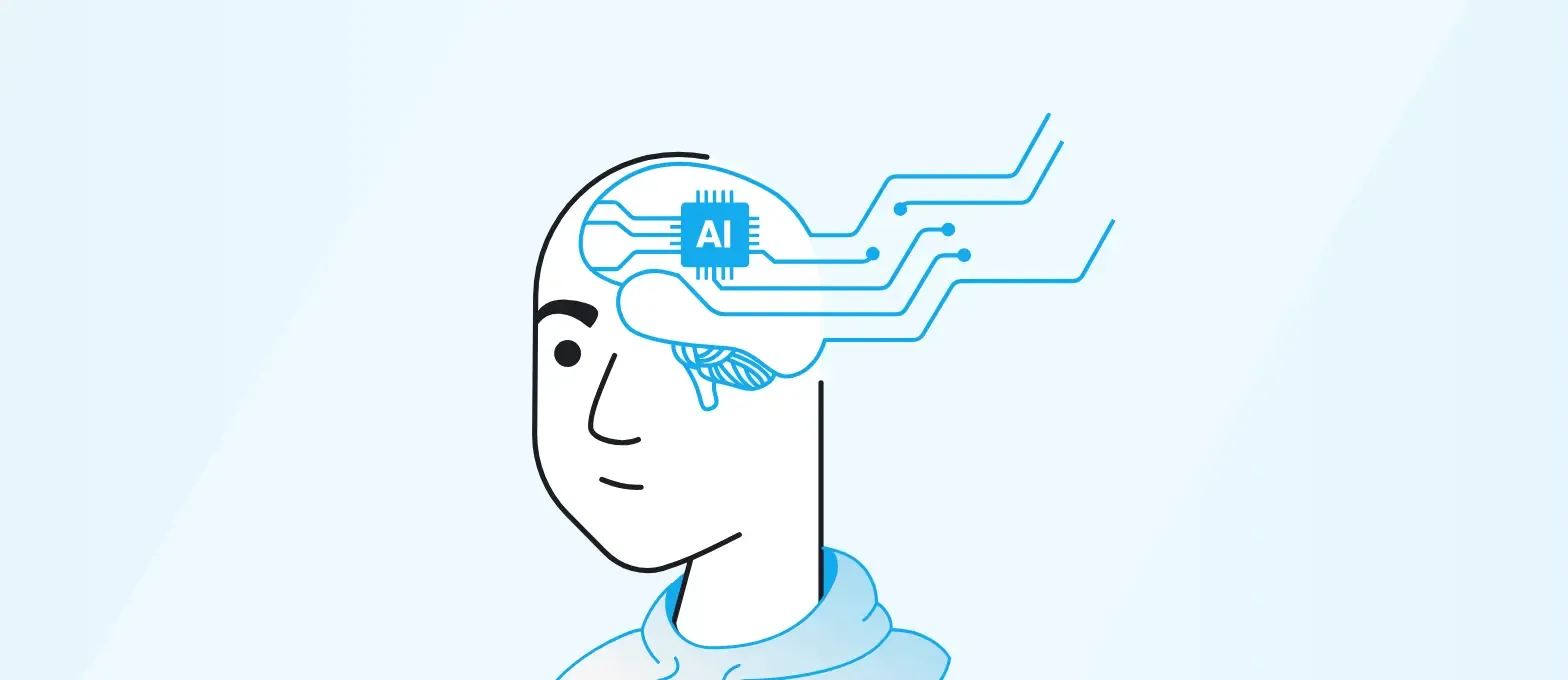Keeping Up In The Age of AI

Artificial intelligence (AI) is no longer a dream of science fiction. It’s here, transforming the ways we live and work. In everything from customer service to analytics, AI is being rapidly embedded into daily business operations. At the core of this revolution are Large Language Models (LLMs). These powerful tools are changing how organizations process information, communicate and innovate.
This revolutionary technology has naturally caused a stir, but it is important to remember AI is a tool for human use. It is here to work alongside us, and it will not replace us. These tools have the potential to amplify what we do best.
However it does leave businesses with a simple choice: learn to adapt to the new way of doing things or get lost in the past.
What Are Large Language Models (LLMs)?
LLMs are advanced AI systems trained on massive datasets of text. Unlike earlier Natural Language Processing (NLP) systems, which were designed to perform one specific task at a time, LLMs can handle multiple tasks seamlessly.
Think of NLPs as rigid single-use tools capable of detecting tone or translating text. But if you need both you will have to stitch together multiple systems. By comparison, LLMs function more like Swiss Army knives: adaptable, flexible, and capable of learning across contexts. This makes them especially powerful in real-world business settings where challenges rarely fit into a single, predefined box.
Artificial intelligence models are, at their core, language masters. They observe interactions and use pattern recognition to offer what they calculate to be the most appropriate response to a prompt.
Many consumer facing AI programs such as ChatGPT, Gemini, or Claude are powered by LLMs. The ability for these LLMs to decipher the nuances of language means they can rapidly integrate themselves into your workflows and enhance productivity. They can recognize patterns in language, interpret nuance, and generate responses that feel both natural and useful.
Why Businesses Should Care
There are some major benefits to incorporating LLMs into your workflow, from streamlining operations, assisting in product development, building plans, improving customer service; the opportunities to apply these tools may be endless.
Integrating LLMs into business workflows unlocks opportunities across nearly every department.
Operations are streamlined when AI is used to automate repetitive tasks such as drafting reports, summarizing meetings or categorizing inquiries. Customer service is improved with enhanced chat bots and virtual assistants. Even analytics, development and planning obligations can be refined using artificial intelligence to process data, draft ideas, analyze risk and more.
These programs save time, reduce costs and can help us make more informed decisions while empowering employees to focus on more creative and strategic work.
The Human Factor: Why We’re Still Essential
With the rise of artificial intelligence, it’s natural to worry: Will machines take over my role? The truth is more complicated. LLMs are incredible at processing data and generating responses, but they lack many uniquely human qualities, like judgment, empathy, and experience.
Business success isn’t just about efficiency; it’s about relationships, trust, and vision. AI can draft an email, but it can’t understand the context of a long-standing client relationship. It can analyze data trends, but it can’t replace a leader’s intuition about company culture. Artificial intelligence allows us to access speed we have never been able to tap into before by processing the tedious day to day chores in a blink. But it lacks human nuance, discernment, and growth.
Instead of replacing humans, LLMs can amplify human potential. They remove repetitive burdens, leaving people free to apply creativity, empathy, and strategic thinking where it matters most. Artificial intelligence tools are vast wealths of knowledge, and when used responsibly they have awesome potential to expand human creative potential.
Final Thoughts
The world of work is evolving at lightning speed, and LLMs are at the forefront of this transformation. Companies that adopt these tools thoughtfully will gain a competitive edge. But equally important is the reassurance that humans remain irreplaceable in the process.
When leveraged correctly, LLMs won’t replace workers — they’ll be a tool we can use. They free us to focus on the aspects of work that only humans can do: leading, empathizing, imagining, and creating.
The choice for businesses very well might be: adapt and thrive with AI, or risk being left in the past.
Joey Rubin is a strategist, writer, and learning designer with experience in SaaS, education, and digital media. He specializes in transforming complex ideas into clear, engaging content that connects technology with people, bringing a focus on storytelling, clarity, and human-centered solutions.